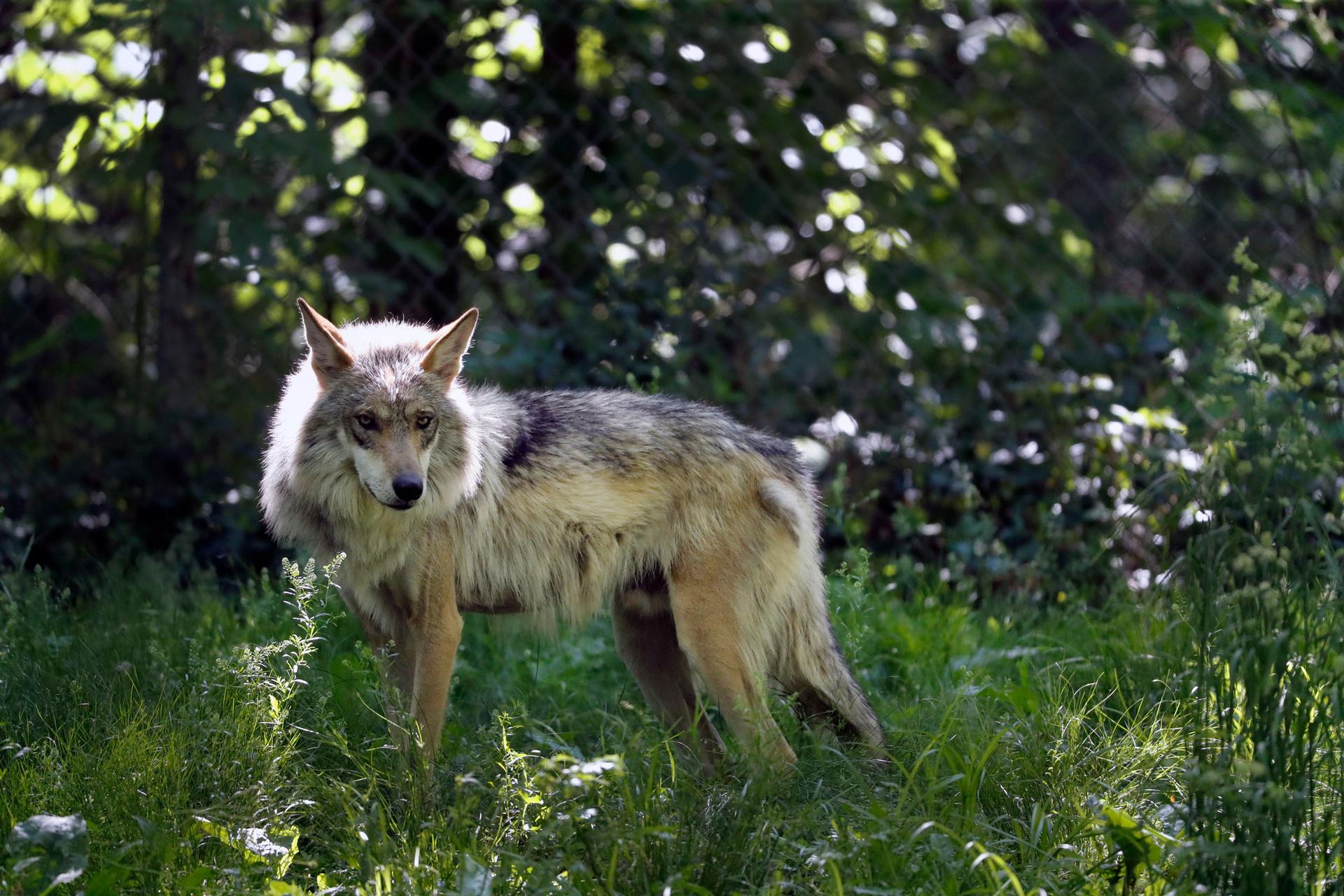This analysis was featured in Critical State, a weekly foreign policy newsletter from Inkstick Media. Subscribe here.
When wolves are exterminated from an environment, their wake is marked by abundance. For farmers, that abundance comes in unattacked livestock, but for drivers on rural roads, that abundance is a deadly one. Deer, freed from predation, multiply, devouring crops and gardens and crossing roads, sometimes killing drivers in the process.
Reintroducing wolves, often framed as a naive environmental act, changes that abundance. Wolves will on occasion eat the occasional cow or pig or other domesticated animal left near a forest. But more importantly, wolf predation will reduce the size of herds of deer, rebalancing the environment into an ecology that can support both prey and predators.
Last week, Critical State dove into the world of wolf attacks, and how the political salience of such visible animal action leads to electoral benefits for right-wing parties. Much of that political power comes from the visibility of the attacks. When a wolf kills a farmer’s cow, the farmer can point to the cow corpse and then blame animal reintroduction for his woes.
Related: Where wolves: Part I
What is missing from this picture, what is essential to our understanding of animal populations, is the way wolves can reduce danger. The dead cow is visible; the deer culled in the woods that never causes a car accident is invisible. In “Wolves make roadways safer, generating large economic returns to predator conservation,” authors Jennifer Raynor, Corbett Grainger, and Dominic Parker demonstrate that, while it is harder to observe, the benefits of predation on an environment is still quantifiable.
“About 1 million [Deer Vehicle Collisions] occur every year in the United States, causing 29,000 human injuries, 200 human fatalities, and nearly $10 billion in total economic losses,” the authors write. “Europe experiences similar problems, with a lower frequency of collisions with ungulates (such as deer and moose) but a higher rate of fatalities and injuries.”
Deer populations have flourished in the wake of exterminated wolves. The reintroduction of wolves reduces the harm from deer in two ways: by reducing the number of deer, and by changing how deer interact with the environment, largely by scaring them out of the roads and trails that wolves like to use.
Looking at changes in deer-vehicle crashes in Wisconsin, the authors find that “Across the 29 counties with wolves present, these savings generate a $10.9 million aggregate reduction in [Deer Vehicle Collisions] losses each year.”
Quantifying the value of predators is hard, because the harms of unchecked prey only flourish in their absence. Reintroduction of apex predators species like wolves allows for a deeper understanding of the benefits from living in a complete ecology, rather than a fractured one.
The benefits of such predation come strongest in rural areas, where the harms are also most visible. “This finding may help dampen political polarization around wolf reintroduction that generally pits rural and urban voters against one another,” the authors write. While research has shown the right can campaign on the visceral impact of wolf attacks, the tangible improvements to rural life from reduced deer populations and deer collisions could offer a counter. The wolves cannot campaign for their economic benefit, but armed with this data, politicians could.
Critical State is your weekly fix of foreign policy analysis from the staff at Inkstick Media. Subscribe here.
